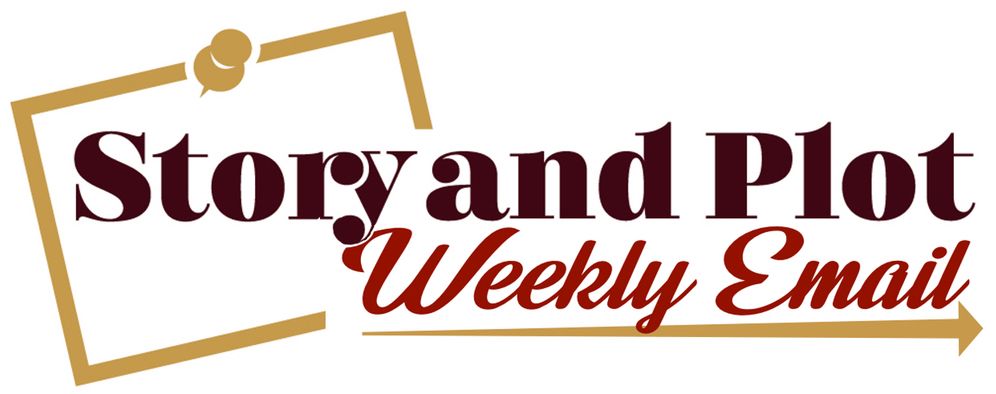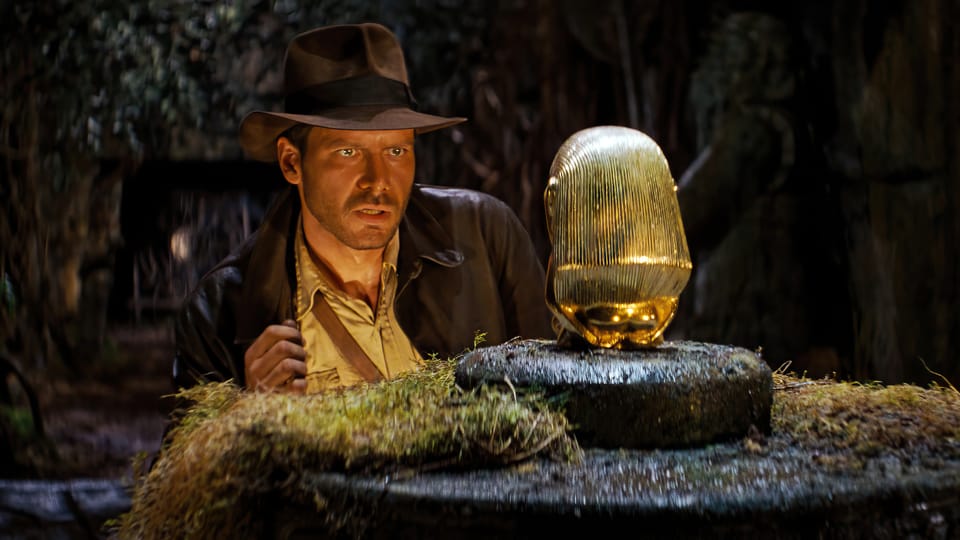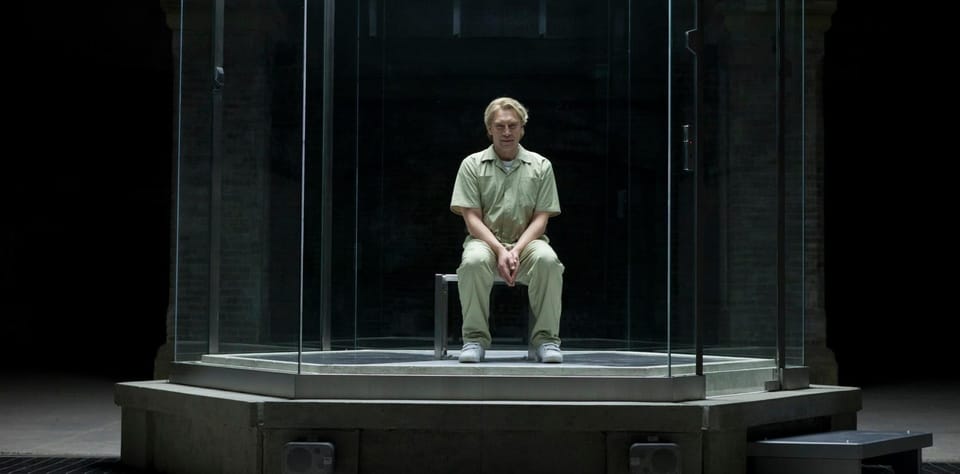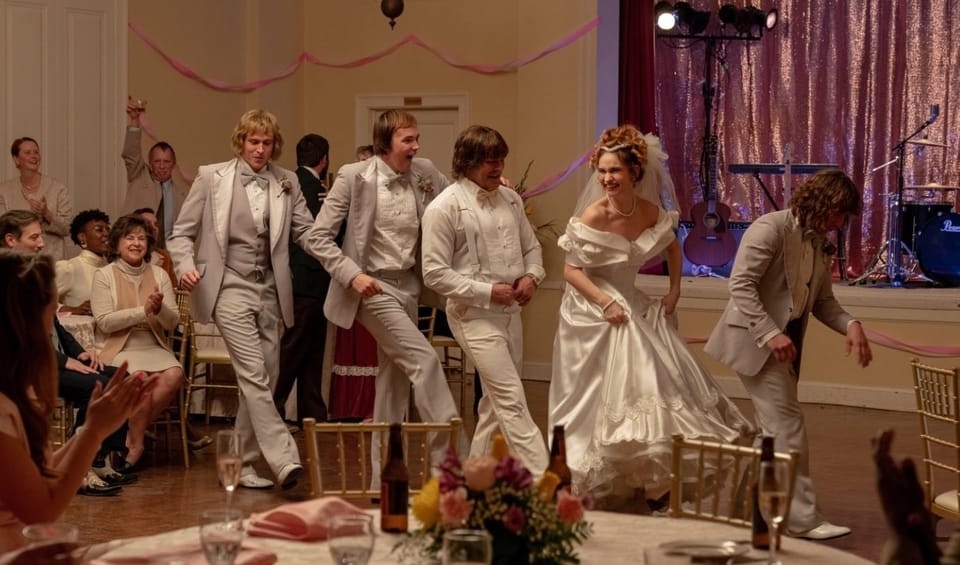Tools For Character-Driven Dramatic Questions
Last week, I wrote about plot-focused dramatic questions and how they can make your job much easier. But not every story wants one...
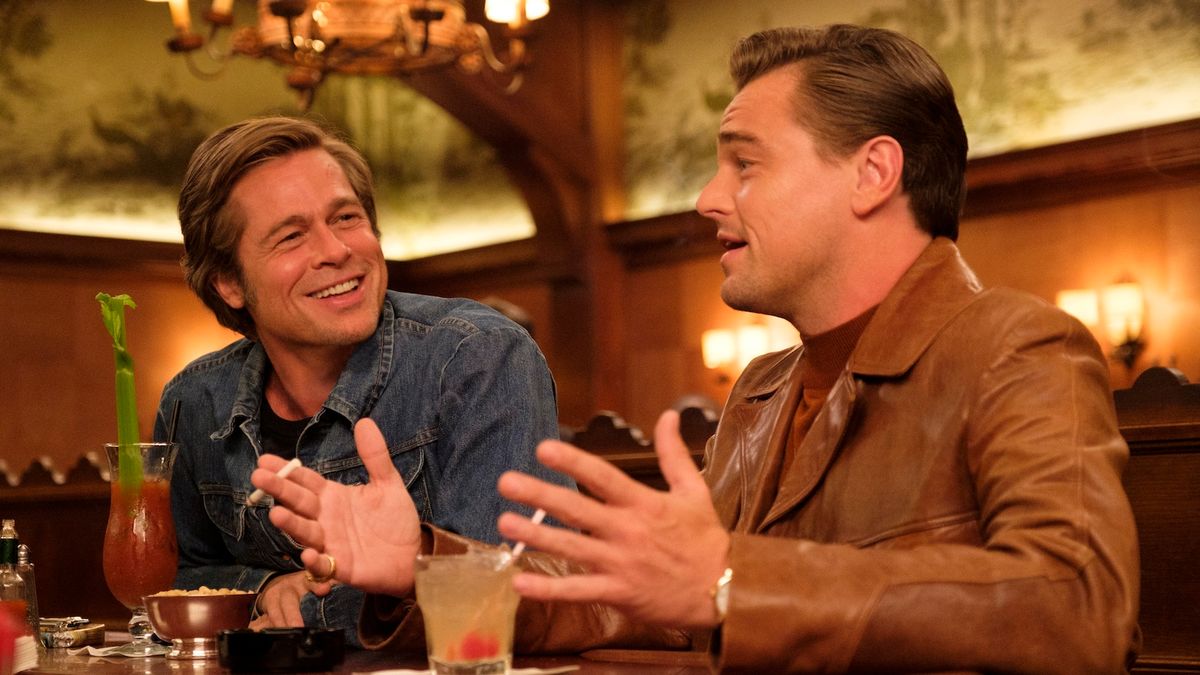
The Story and Plot Weekly Email is published every Tuesday morning. Don't miss another one.
Last week, I wrote about plot-focused dramatic questions and how they can make your job much easier.
But not every story wants one. Not every movie is about the hero's return with the elixir. Character-driven movies where the elixir is far more metaphorical are often tougher to write because you don't have that central dramatic question to lean on for narrative momentum.
But strategies are still available to get that momentum from other angles. Many films will use more than one.
Character subplots
One of my favorite films is NOBODY'S FOOL with Paul Newman. Newman plays a stubborn, but charming man who has mostly wasted his life. There is no central dramatic question here. The film replaces it with a series of relationship subplots, each with its own dramatic question, the return of Sully's estranged son and grandson being the most prominent.
It is a leisurely film that finds its dramatic momentum from impeccable performances, smart humor, emotion, and never spending too much time with one subplot for long. In other words, it trades one central dramatic question for half a dozen smaller ones.
Ensemble Movies
Ensemble films will use a similar strategy. The difference here is that each subplot will more or less belong to a different character, rather than one central character. But this also means that something needs to unify all those subplots, which is why ensemble films will often rely on a framing device.
Framing Devices
The framing device contains the story. It can signal to the audience a beginning, middle, and end when a clear dramatic question isn't there to do the trick. Something like planning a wedding in BRIDESMAIDS, or even just the wedding event itself like TABLE 19. Other examples are the Saturday detention in THE BREAKFAST CLUB, a single shift at the convenience store in CLERKS, one night out in BEFORE SUNRISE, and THE 25TH HOUR.
Ensemble films will use this kind of framing device to unify subplots that have little or nothing to do with each other otherwise. DAZED AND CONFUSED, is a wide-open ensemble piece that takes place on the last day and night of the school year. The strangely beloved, LOVE ACTUALLY, uses the month before Christmas to contain its disparate stories. The late Gary Marshall closed his career with a string of films like VALENTINES DAY.
All these films use this framing to contain stories that would otherwise lack the unity a dramatic question would give them.
Episodic
The term episodic is usually used as a criticism, but this is because when it works, you actually don't identify it as episodic. BOOGIE NIGHTS is an example, as is ONCE UPON A TIME IN HOLLYWOOD, and one of my favorite adventures, THE MAN WHO WOULD BE KING.
Of course, if at any given time you were to pause these movies, you would find a scene or sequence with clear action, clear stakes, and an immediate dramatic question. There is no lack of drama here. They are, in my humble opinion, masterworks. But this structure is difficult because the episodic nature means dramatic momentum comes and goes. They work better in more epic stories, where the episodes can build off the next to something new.
The episodic stories that don't work are ones where nothing changes between the episodes, and that dramatic momentum struggles to restart again. They feel like four or five short films with the same characters.
The Creation Story Structure
The creation story is one of the many frameworks we cover in the courses. It was something I noticed twenty years ago when I was writing a western for Chow Yun-Fat. I was trying to figure out how to get a Chinese gunslinger out in the West. I noticed a lot of different origin stories that needed time to establish the hero and introduce them to the world before their primary conflict. SUPERMAN (1978) was one, as was SPIDERMAN (2002.) But I soon realized it was not limited to superheroes. THE FUGITIVE is an example, as is LEGALLY BLONDE, CATCH ME IF YOU CAN, and SLUMDOG MILLIONAIRE.
The creation story does have a plot-focused dramatic question, but it does not arrive until the midpoint. Act 1 is about creating the characters (Superman lands, Peter Parker gets bit, Elle Woods gets into Harvard in LEGALLY BLONDE), Act 2A is putting them into the real ("special") world (Fighting local crime in SUPERMAN and SPIDERMAN and Elle arrives to law school.) At the midpoint, these characters finally get their primary conflict. Lex Luthor and Green Goblin for SUPERMAN and SPIDERMAN, and Elle gets picked to help with the trial in LEGALLY BLONDE.
The creation structure works well for stories that would not feel honest with a plot-focused dramatic question after Act 1, but still need a more tangible resolution in Act 3. Think what LEGALLY BLONDE would be without the trial, or SLUMDOG MILLIONAIRE without the love story.
The Story and Plot Weekly Email is published every Tuesday morning. Don't miss another one.
When you're ready, these are ways I can help you:
WORK WITH ME 1:1
1-on-1 Coaching | Screenplay Consultation
TAKE A COURSE
Mastering Structure | Idea To Outline
